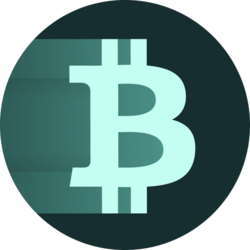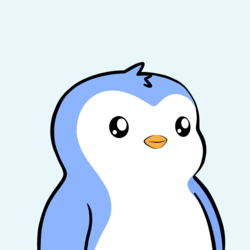Art moves like a broken compass that does not seek north, but rather the vertigo of provocation.
Maurizio Cattelan’s banana, attached to the wall with adhesive tape and sold for absurd figures, is an uncomfortable mirror of contemporary art.
In Comedianas the work was baptized, there is no masterful composition, sublimated sweat or artisanal skill; there is a banana that will inevitably rot and a tape that will come unstuck. And yet, that futility is its argument: art, at its most acute, faces the paradox of the ephemeral and the transcendent.
In this gesture – not new, moreover – Cattelan aims to exhibit, more than an object, an idea: that art has the potential to exist beyond its material form. Just as Marcel Duchamp placed a urinal in the category of masterpiece in 1917, Comedian it dismantles all expectations about what can be considered art.
More than one will advocate: “The true work is not the fruit, but the concept.” How far must a banana travel to make common sense symbolic? The market, that entity that moves even feelings, responded with enthusiasm: the banana went on sale for 120 thousand dollars and reached the 6.2 million dollars paid by Justin Sun, the owner of the TRON cryptocurrency platform, validating that art today is also an economic, psychological and, above all, eccentric experiment.
Between the scandal and the strangely human
At Miami Art Week, where the Art Basel fair and its satellites make art coexist with dollars and champagne, today you see everything: ceramics depicting fried chicken, images of wrestlers cooking barbecue, and a painting by Ed Ruscha that seems more a political whisper than a result of inspiration.
Where is art going? Most likely nowhere. That might be your most sensible response in times when the market decides what you see and what you buy. Collectors stalk works like trophies and artists—in many cases—play that dynamic to appear on the scene. However, it seems that this situation can be zoomed in to skim the cream of economic and conceptual chaos to find deeper signals in all of this.
David Hammons covers a painting with black canvas, turning it into a statement of principles: what is important is not what we see, but what we intuit. Brian Rochefort creates sculptures that look like sea creatures from another planet, remembering that art should surprise and evoke.
If something has characterized art, it is its liquidity between what is understandable and what is controllable. If Miami reflects where art is going, the response is risky: towards excess, towards the market, towards scandal, but also towards the search for discomfort and perhaps for the inexplicably human.
Art is a suppository
At its appearance, Comedian divided opinions. For some, it was a triumph of ingenuity. For others, an eccentricity that artificially stole spotlights. For the others, it was a mockery of the art market in which the winner was the author himself. And as is often the case with disruptive agents, it ended up being all three.
The artist David Datuna ended up eating the banana from Cattelan’s work (https://www.instagram.com/p/B5yIFp2hyE-/), before the astonished gaze of those who passed by the corridors where it was exhibited, which amplified the confusion around the work: art is a suppository and also an open space of involuntary humor. And everything fits in an Instagram reel.
It may be interesting or not, but Comedian eloquently captures the essence of the time we inhabit. It is a sample of excess, theatricality and hyperbole; of propagation, staging and exploration. A message that is understood more by its context than necessarily by its content.
If Mark Rothko colored the questioning of contemporary art and Jackson Pollock dripped it, Cattelan invites us to peel the shell with another nuance of the dilemma: to what extent can the market and irony be allies of art, without devouring it?
The merit of the banana is not its ability to shock, but to look at it with different eyes and find in its core a system that transforms the absurd into luxury. It is no longer just about a banana stuck to the wall, but about the wall that supports human contradictions.
Art, in the end, has no destiny. You have questions.
Contact:
* Eduardo Navarrete is a specialist in Futures Studies, journalist, photographer and Head of Content in UX Marketing.
Linkedin: https://www.linkedin.com/in/eduardo-navarrete
Mail: (email protected)
Instagram: @elnavarrete
Follow information about business and current events in Forbes Mexico









































